In my circuit, +12V would be supplied by an external power source. After two regulators, two more voltage sources (+5V and +3.3V) would be produced and supply power to the AD7682 ADC. Because of the maximum rating limit of ad7682, 3.3V needs to be down before 5V when I shut down the external power source +12V. Is there a good method to achieve this?
(I learned that some sequencer ICs can monitor the power sequence process. However, when I shut down the power source +12V, no power can be supplied to the sequencer ICs. So I think ICs are not suitable in my case.)

simulate this circuit – Schematic created using CircuitLab
